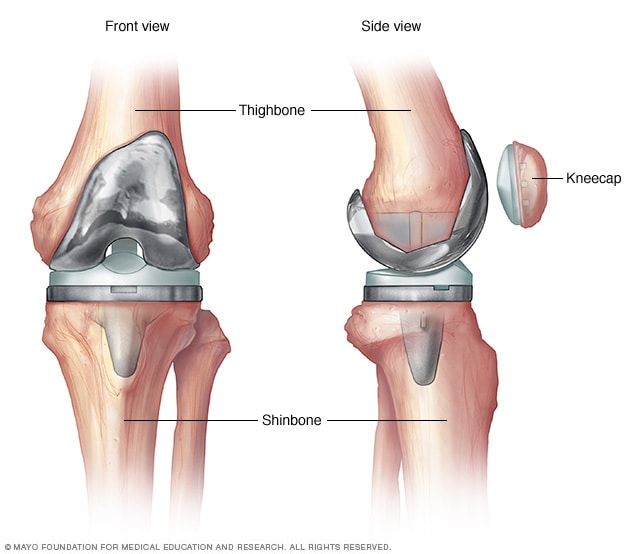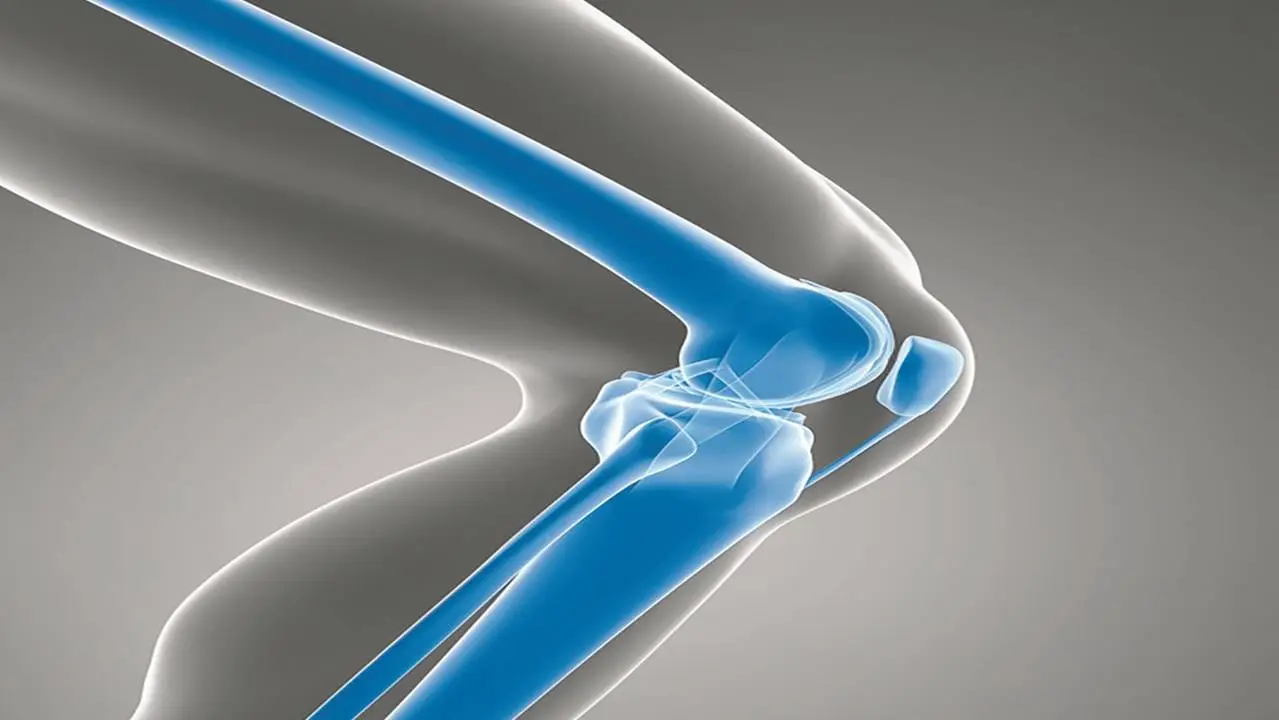
Knee replacement surgery, also known as knee arthroplasty, is a procedure that has transformed the lives of millions of people suffering from knee pain and mobility issues. This surgical procedure involves replacing a damaged, worn, or diseased knee with an artificial joint. If you’re considering this surgery or want to understand more about it, here’s everything you need to know.
What is Knee Replacement Surgery?
Knee replacement surgery is performed to replace the surfaces of the knee joint to relieve pain and disability, most commonly caused by osteoarthritis. Other conditions that may lead to knee replacement include rheumatoid arthritis, psoriatic arthritis, and trauma such as fractures.
Types of Knee Replacement Surgeries
There are two main types of knee replacement surgeries:
Total Knee Replacement (TKR): This involves replacing both sides of the knee joint. It’s the most common procedure, ideal for patients with severe arthritis affecting multiple sections of the knee.
Partial Knee Replacement (PKR): Also known as unicompartmental knee replacement, this surgery replaces only one part of the knee. It’s suitable for patients whose damage is limited to a particular compartment of the knee.
When is Knee Replacement Surgery Needed?
Knee replacement is considered when non-surgical treatments (like pain medication, physical therapy, and cortisone injections) have failed to relieve symptoms sufficiently. Indicators for surgery typically include:
- Severe knee pain or stiffness that limits everyday activities, including walking, climbing stairs, and getting in and out of chairs.
- Moderate or severe knee pain while resting, either day or night.
- Chronic knee inflammation and swelling that does not improve with rest or medications.
- Knee deformity — a bowing in or out of your knee.
What to Expect Before Surgery
Preparation for knee replacement surgery begins with a thorough evaluation. Your surgeon will review your medical history, perform a physical examination, and conduct X-rays to determine the extent of damage.
You might also be asked to undertake several preoperative tests (like blood tests and a cardiogram), stop or adjust medications, and possibly engage in physical therapy to strengthen the knee before surgery.
The Knee Replacement Procedure
Here’s what typically happens during a knee replacement procedure:
Anesthesia: You will receive either general anesthesia or spinal/epidural anesthesia.
Incision: The surgeon makes an incision in the knee area.
Removal of Damaged Cartilage: Damaged or diseased bone and cartilage from the surface of your knee joint are removed along with a small amount of underlying bone.
Implantation: The removed cartilage and bone are replaced with metal components that mimic the surface of the joint. These metal parts are typically cemented into the bone.
Resurfacing the Patella: The undersurface of the patella (kneecap) is cut and resurfaced with a plastic button.
Inserting a Spacer: A medical-grade plastic spacer is inserted between the metal components to create a smooth gliding surface.
Recovery and Rehabilitation
Recovery begins almost immediately after surgery. You might start physical therapy within 24 hours to regain movement and strength. Hospital stays typically last a few days, and full recovery can take 3-6 months, depending on the type of surgery and your health.
Risks and Complications
Like all major surgical procedures, knee replacement has potential risks. These can include infection, blood clots, implant problems, continued pain, and neurovascular injury. However, the vast majority of patients undergo surgery without major complications.
Conclusion
Knee replacement surgery can significantly reduce pain and improve quality of life for those suffering from severe knee problems. If you’re considering this surgery, consult with an experienced orthopedic surgeon to discuss your options and expectations. Remember, a successful knee replacement depends not only on the surgery but also on post-operative care and physical therapy.





















